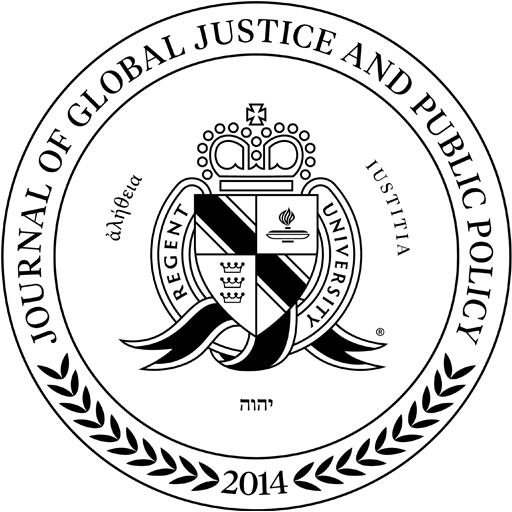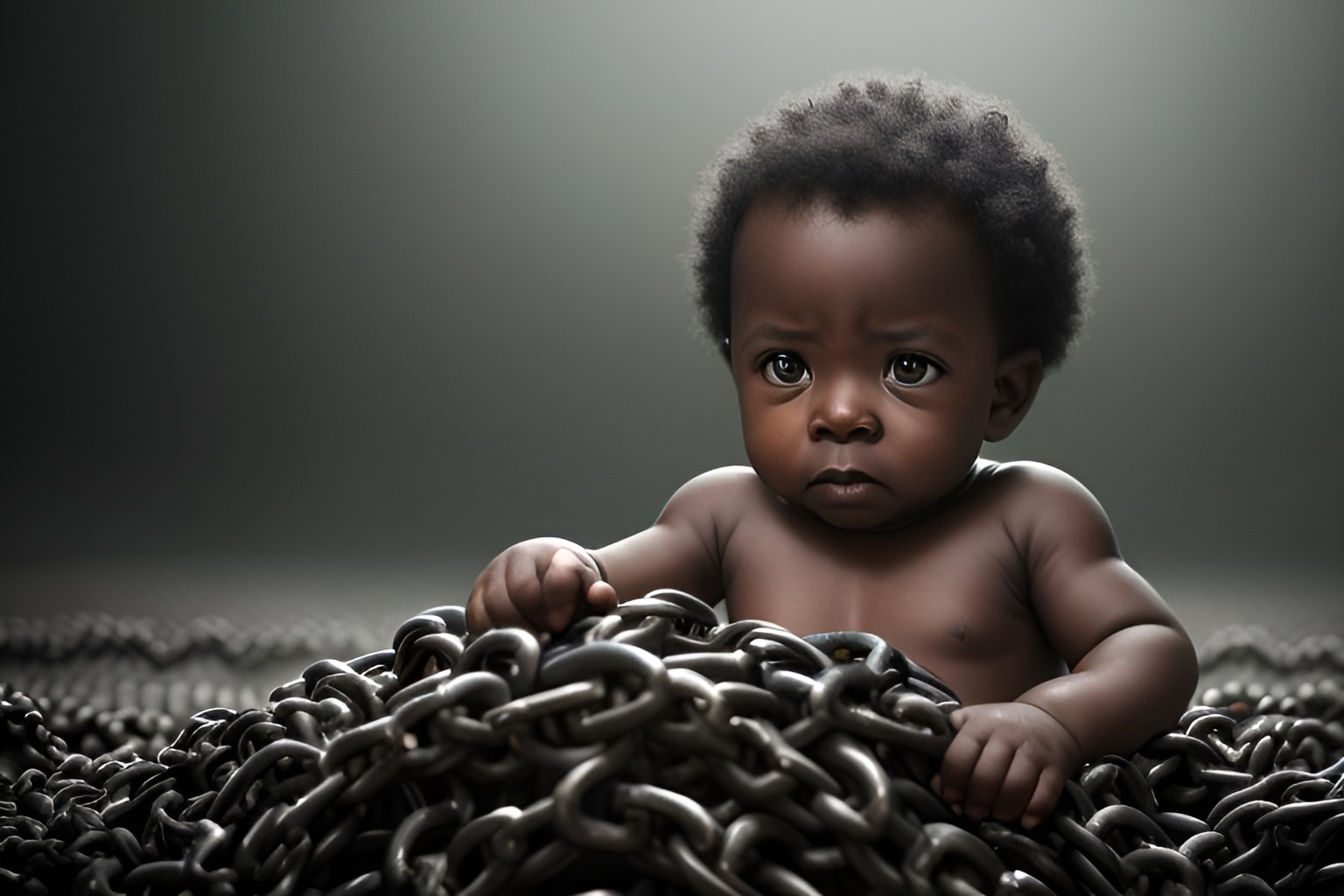Richard F. Duncan* | 1 Regent J. Glob. Just. & Pub. Pol. 137 (2015)
INTRODUCTION
If, as Laurence Tribe has observed, “all law tells a story,”[1] this Article tells two stories occurring forty years apart—the story of Justice Harry Blackmun and the unborn human beings he covered with the legal mask of “potential” lives in Roe v. Wade[2] in 1973, and the story of Doctor Kermit Gosnell and the unmasked babies he was convicted of murdering in his Philadelphia abortion clinic in 2013.[3] As Professor Tribe also observes, these stories amount to “a clash of absolutes, of life against liberty,”[4] and therefore they are stories that must be told time and again, until we get them right. These stories also demonstrate how legal concepts can be used to mask reality, and how peeking beneath the masks of the law[5] can blow away the fog of legal illusion and give society a starkly different perspective from which to view an old constitutional issue.
THE MASKS OF THE LAW
A. Legal Concepts That Conceal Persons
One of the great constitutional law scholars of the past fifty years, Judge John T. Noonan, Jr. of the Ninth Circuit, has observed that “[i]t is a propensity of professionals in the legal process to dehumanize by legal concepts those whom the law affects harshly.”[6] He calls this process of dehumanization the “masks of the law.”[7]
What Noonan means by the masks of the law is the law’s ability to use rules and legal concepts to conceal persons who are treated harshly by the law. He puts it this way: “By masks in this context I mean ways of classifying individual human beings so that their humanity is hidden and disavowed.”[8]
Perhaps the best historical example of legal masks used to conceal human persons is the law’s treatment of the issue of slavery in the United States. Suppose the law wants to permit and even sanction slavery, as was the case in America before the Civil War. The mask that the legal system used to disavow the human dignity of slaves was the mask of “property.”[9] The mask of “property” was what allowed champions of liberty, such as George Wythe and Thomas Jefferson, to own slaves and to accept the power of the law to treat slaves harshly.[10]
For example, as a judge in the state of Virginia, George Wythe, a signer of the Declaration of Independence and its embrace of all men being created equal, was able to preside over the sale and inheritance of slaves.[11] In one case, Wythe declared that “[t]he property of slaves, whatever be their number . . . may be transferred with as little judicial ceremony as a single quadruped or article of house or kitchen furniture.”[12] As Noonan observes, when deciding cases involving slaves, Wythe “could not have compassion for each of them as a person and still be a judge. His role in a slave system necessitated the use of masks.”[13]
As in the case of Wythe, so too in the case of other great Virginians, including Thomas Jefferson and John Marshall; economic and cultural pragmatism caused them to accept the institution of slavery and “the power of the law to convert persons into [property].”[14] As Noonan observes, “[a]t the critical moments,” these great men employed “the masks of the law [to] cover [] the faces of the slaves.”[15]
Noonan, quoting Montesquieu, explains even more clearly the need for the masks of the law in an age of slavery: “It is impossible that we should suppose those people to be men, because if we should suppose them to be men, we would begin to believe that we ourselves are not Christians.”[16] Thus, the law’s masking of slaves served a dual function – it hid the humanity of slaves, so judges and the law could treat them like an animal or an inanimate chair, and it allowed the white ruling classes to think well of themselves by masking the tyranny of the legal system they had created.
Interestingly, the law only treated slaves as nonpersons when it served the interests of slave owners to do so. Remarkably, when slaves were charged with crimes, they were often held to be legal persons.[17] For example, in United States v. Amy,[18] a slave named Amy was treated both as “the property of Samuel W. Hairston” and as a “person” who could be held criminally responsible for stealing mail from a post office.[19] Chief Justice Taney, sitting as a circuit justice, held that although “[i]t is true that a slave [was] the property of the master . . . and it [was] equally true that he is not a citizen,” nevertheless a slave was indeed a person when charged with a crime under the criminal laws.[20] According to John M. Gregory, the federal prosecutor in the case, the evidence of Amy’s status as a person under federal criminal law was palpable: “I cannot prove more plainly,” argued Mr. Gregory, “that the prisoner is a person, a natural person, at least, than to ask your honors to look at her. There she is. She is beyond doubt a human being.”[21] Thus, the law masked Amy as the property of her master for some purposes, and removed the mask and “look[ed] at her” when she was charged as a person who had unlawfully stolen mail from a post office.[22] Such are the masks of the law. As we sometimes tell our students, the law often treats “X as Y for the purposes of Z.” But when X is a human being, and Y is a nonperson, great injustices may occur.
However, the jurisprudential magic of the masks of the law can be broken if we dare to look beneath the masks, even for the purposes of Z, and see the real persons who have been concealed underneath.[23] For example, consider what happens when Batman’s mask slips, and everyone sees Bruce Wayne’s unmasked face. The secret identity is destroyed, and everyone now knows that Batman is Bruce Wayne. He is no longer the Dark Knight striking fear in the hearts of criminals, but instead merely a billionaire, playboy vigilante missing his mommy! There is no getting the toothpaste back in the tube once the “spell is broken” and the human face under the mask is revealed.[24] In order to abolish slavery, you must dispel the magic of the masks of the law, and invite society to look into the eyes of the real persons concealed by the masks.[25]
B. Literature and Popular Culture Peeking Beneath Legal Masks
“[T]he masks of the law” are a type of legal fiction, “magical ways by which persons are removed from the legal process.”[26] As Noonan explains lucidly, “[a]t the points of a legal system where it is too much to recognize that a human being exists, a mask is employed. The intolerable strain is relieved.”[27]
But great literature and even the popular culture often give us a peek behind the masks of the law and enable society to see the real persons concealed by legal fictions.[28] For example, in Mark Twain’s The Adventures of Huckleberry Finn there is a passage concerning a steamboat explosion in which Aunt Sally asks Huck if anyone was injured.[29] When Huck replies “No’m” and notes that only a slave had been killed, Aunt Polly responds: “Well, it’s lucky: because sometimes people do get hurt.”[30] The reader, of course, is aware that Aunt Sally is looking at the mask of property, not the real human being who was killed in the explosion.
There is also a powerful example of slavery and the masks of the law in the recent Oscar-winning film, Twelve Years a Slave.[31] It is the scene in which the cruel slave-owner, Master Epps, brutally whips Patsey, a female slave.[32] He literally tears the flesh off her back with a bull whip for a minor act of disobedience.[33] Solomon Northrup, who was kidnapped and sold into slavery, denounces Epps for his inhumanity: “Thoudevil!” says Solomon. “Sooner or later, somewhere in the course of eternal justice, thou shalt answer for this sin!” To which Epps replies with a mask: “Sin? There is no sin. A man does how he pleases with his property.”[34] Of course, the modern viewer clearly recognizes that Epps is using a legal concept to mask his unjust treatment of a real human being.
- LAURENCE H. TRIBE, ABORTION THE CLASH OF ABSOLUTES 27 (1990). ↩︎
- See Roe v. Wade, 410 U.S. 113 (1973). ↩︎
- See Jon Hurdle & Trip Gabriel, Philadelphia Abortion Doctor Guilty of Murder in Late-Term Procedures, N.Y. TIMES , May 13, 2013, http://www.nytimes.com/2013/05/14/us/kermit-gosnell-abortion-doctor-found-guilty-of-murder.html?pagewanted=all&_r=0; See generally Report of the Grand Jury, In re Cnty. Investigating Grand Jury XXIII, Misc. NO. 0009901-2008, (Pa. Ct. Com. Pl. Jan. 14, 2011) [hereinafter cited as Grand Jury Report]. As the Grand Jury Report made clear, Gosnell’s standard late-term abortion technique was to induce premature birth of “live, viable, babies in the third trimester of pregnancy —and then murder[] these newborns by severing their spinal cords with scissors.” Id. at 1. ↩︎
- TRIBE, supra note 1, at 3. Of course, the right to life is really the most fundamental means of protecting liberty, because without life there is no liberty. So it is probably more correct to describe this issue as concerning a clash between life and liberty on one side, and liberty and autonomy on the other. ↩︎
- See generally JOHN T. NOONAN, JR., PERSONS AND MASKS OF THE LAW (1976). ↩︎
- JOHN T. NOONAN, JR., A PRIVATE CHOICE 153 (1979). ↩︎
- NOONAN, supra note 5, at 54. ↩︎
- Id. at 19. ↩︎
- Id. at 39–40. ↩︎
- Id. at 29–64. ↩︎
- Id. at 29. ↩︎
- Id. at 56 (citing Fowler v. Saunders, 8 Va. (4 Call) 361 (1798)). ↩︎
- Id. at 58. To his credit, after the death of his wife in 1787, Wythe “freed their slaves, a decision made easier by a lack of children expecting an inheritance.” ALAN TAYLOR, THE INTERNAL ENEMY: SLAVERY AND WAR IN VIRGINIA, 1772-1832 105 (2013). ↩︎
- NOONAN, supra note 5, at 59–60. ↩︎
- Id. at 60. ↩︎
- Id. at 48. ↩︎
- See Note, What We Talk About When We Talk About Persons: The Language of a Legal Fiction, 114 HARV. L. REV. 1745, 1748 (2001). ↩︎
- 24 F. Cas. 792 (C.C.D. Va. 1896) (No. 14,445). ↩︎
- Id. at 793. ↩︎
- Id. at 809. ↩︎
- Id. at 795; see also Note, supra note 17, at 1748–49. ↩︎
- See generally United States v. Amy, 24 F. Cas. 792. ↩︎
- See NOONAN, supra note 5, at 58–59. ↩︎
- Id. ↩︎
- See id. ↩︎
- Id. at 25–26. ↩︎
- Id. at 26. ↩︎
- See generally MARK TWAIN, THE ADVENTURES OF HUCKLEBERRY FINN (The Floating Press 2008) (1884). ↩︎
- Id. at 397; NOONAN, supra note 5, at 11. ↩︎
- TWAIN, supra note 28, at 398. ↩︎
- Twelve Years a Slave (20th Century Fox Home Entertainment 2013). ↩︎
- Id. ↩︎
- Id. ↩︎
- Id.; 12 Years a Slave, IMDB, http://www.imdb.com/title/tt2024544/?ref_=nv_sr_1 (last visited Mar. 27, 2015). ↩︎
* Sherman S. Welpton, Jr. Professor of Law, University of Nebraska College of Law. In writing this Article I stand on the shoulders of an intellectual giant of the law, Judge John T. Noonan of the Ninth Circuit. This Article is dedicated to him and to his enormous contribution to the legal profession.

